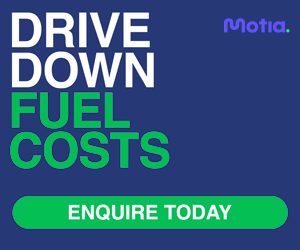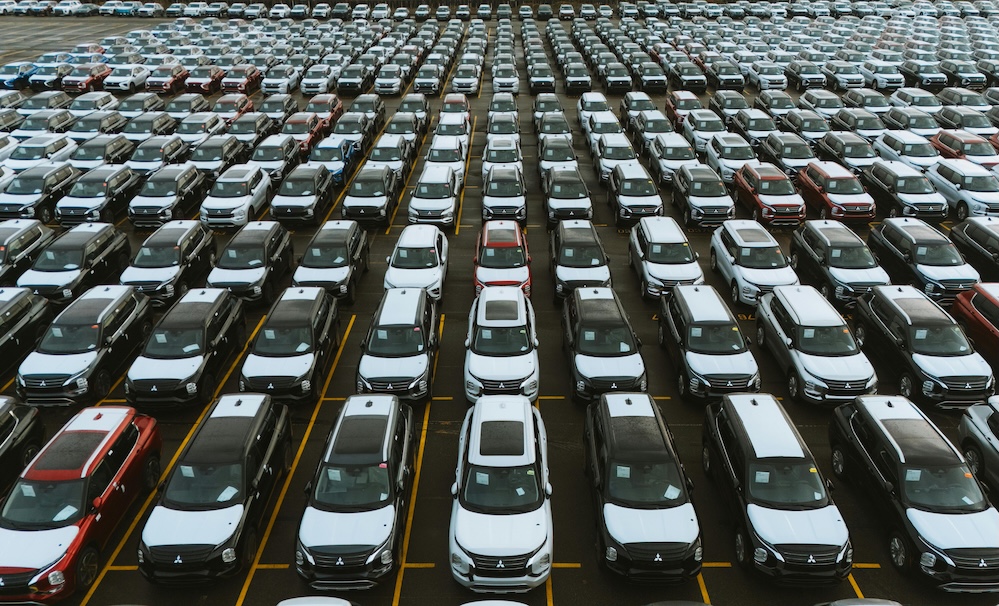For drivers who are on the road for numerous hours daily, it is critically important that drivers know how to keep themselves, their vehicles, passengers, and other road users safe. Drivers and their employers can take various steps that can make a major difference in how safe they and the roads they drive on are. Below, we will look at some tips that all drivers and businesses should follow and that cover personal, environmental, and other hazards.
Ensure Everyone Wears A Seatbelt
Whether you are alone in the vehicle or have a colleague or passenger with you, you should ensure that everyone in the vehicle wears their seatbelts. There is enough evidence to show that seat belts reduce the chance of injury in minor accidents and the risk of fatality in more serious ones.
They also help protect other road users because very few drivers would be able to keep their vehicles on the road immediately after seeing another driver hauled through a windscreen in an accident.
Stick To Speed Limits
This applies to all vehicles, but mainly to larger and heavier hauliers. A higher speed reduces how much control you have over the vehicle and the amount of reaction time you have in case of an accident. Speed limits become even more important when driving in less-than-ideal conditions where slick roads make it much harder to brake.
The reason sticking to speed limits is especially important for hauliers is because of momentum. A vehicle’s momentum is dictated by its weight and speed, which means heavier vehicles travelling faster have more momentum. These vehicles are much harder to stop in an accident or event in front of them.
Their higher weight increases their braking distances too, and can cause a driver to swerve to avoid hitting another vehicle or road user. Sticking to the speed limit reduces momentum, braking distance and the possibility of a serious crash in case the vehicle needs to stop quickly.
Pick a Vehicle With A Great Safety Record
When considering vehicle purchases, a business will want to ensure that the vehicle it purchases fulfils its needs and can handle what is required of it. Once a business or decision-maker has taken a look at different vehicles and has a shortlist of the ones that meet their requirements, the next thing should be to check their safety record.
Although a lot of safety lies with the driver, how well a vehicle drives, how susceptible it is to accidents, how easy it is to recover in case something happens, and how much protection it provides a driver in case of an accident are all serious considerations
In addition to protecting the cargo in the case of transport and logistics vehicles, it is also important to consider a vehicle’s safety when purchasing a taxi fleet. In this case, the safety of the driver as well as their passengers becomes critical.
Purchasing a vehicle with a great safety rating like the Kia Ceed Sportswagon Is a great place to start. The Kia Ceed Sportswagon has consistently been rated as one of the safest vehicles by drivers and passengers since 2011, with the Euro NCAP giving it a five-star rating. Taxi drivers interested in this safe, reliable, fuel-efficient, and powerful vehicle should look for for more information on the car and how to add it to their fleet.
Keep The Vehicle Maintained
This applies to any vehicle, but mostly vehicles that spend a lot of hours on the road. A poor maintenance record increases the chance of breakdowns and serious accidents, especially if a mechanical issue happens when the vehicle is travelling at a high speed.
Simple maintenance tasks before starting a journey such as checking tire pressure and tread wear, water, and oil levels, and that everything is connected and working correctly can reduce the risk of accidents. They also give drivers peace of mind in knowing the vehicle under them is safe and they will not have to make unwanted or emergency stops due to mechanical issues.
Also, check the headlights to ensure other drivers can see you on the road and that you can see ahead at night, the brakes to ensure you can stop, and your steering to ensure you are always in control of the vehicle.
Remember to keep the vehicle’s maintenance schedule so a qualified and experienced mechanic can take a much closer look at the vehicle. Although this will take some time and cost the business money, it is a much better option than getting into a vehicular accident.
Teach Driver Discipline
Every business should provide training to remind drivers of obvious safety risks that they may forget. For example, everyone knows that you should not be on your phone when driving.
A phone is very distracting and takes your focus away from the road, yet there is a significant number of people who still do it. Even simple things like changing a song or picking a call on a hands-free system can take your eyes off the road just enough to not see an oncoming vehicle.
Another critical thing drivers must understand is aggressive driving is very dangerous, especially if the other vehicle is of a different size. Things like aggressive overtaking and braking can be dangerous adjacent or in front of a larger truck travelling at the speed limit and hauling at capacity.
Remaining calm on the road gets drivers much further than aggressive behaviours that might end up costing the business time and money.
Learn To Keep Distance
We have mentioned momentum above, but it bears repeating. A larger vehicle carrying tens of thousands of pounds worth of freight is difficult to stop at short distances. Whether driving a truck or another vehicle, it is important you learn how to keep your distance. This is so you have enough stopping distance in case you or the driver in front of you brakes suddenly.
Keep an Eye On The Weather
This applies to all drivers, but mainly to those who travel longer distances where the weather can be drastically different between their departure point and destination.
Weather will affect how much traction you have on the road and thus your ability to keep driving on it. This is one of the reasons why checking your tires before departing is so important.
If you know the weather at your departure and arrival points as well as between them, you will be better prepared when you hit a patch of bad weather.
Also, fleet managers should stop their drivers from driving if the weather is too bad. It is not worth driving on dangerous roads. They should also empower their drivers to say something if they do not think they can get to their destination safely.
Avoid Driving If Tired
No driver should be on the road if they feel tired or sleepy. The good news is that there are now laws that dictate how many hours a driver can be on the road and how long they need to rest.
Businesses that follow these laws and their guidelines will have better driver safety records.
Conclusion
Road safety is not only about a driver and their safety, but also about the safety of their passengers if they have them and other road users. Drivers of larger vehicles have to be especially careful because of the increased danger their heavier and larger vehicles pose to themselves and other road users.







